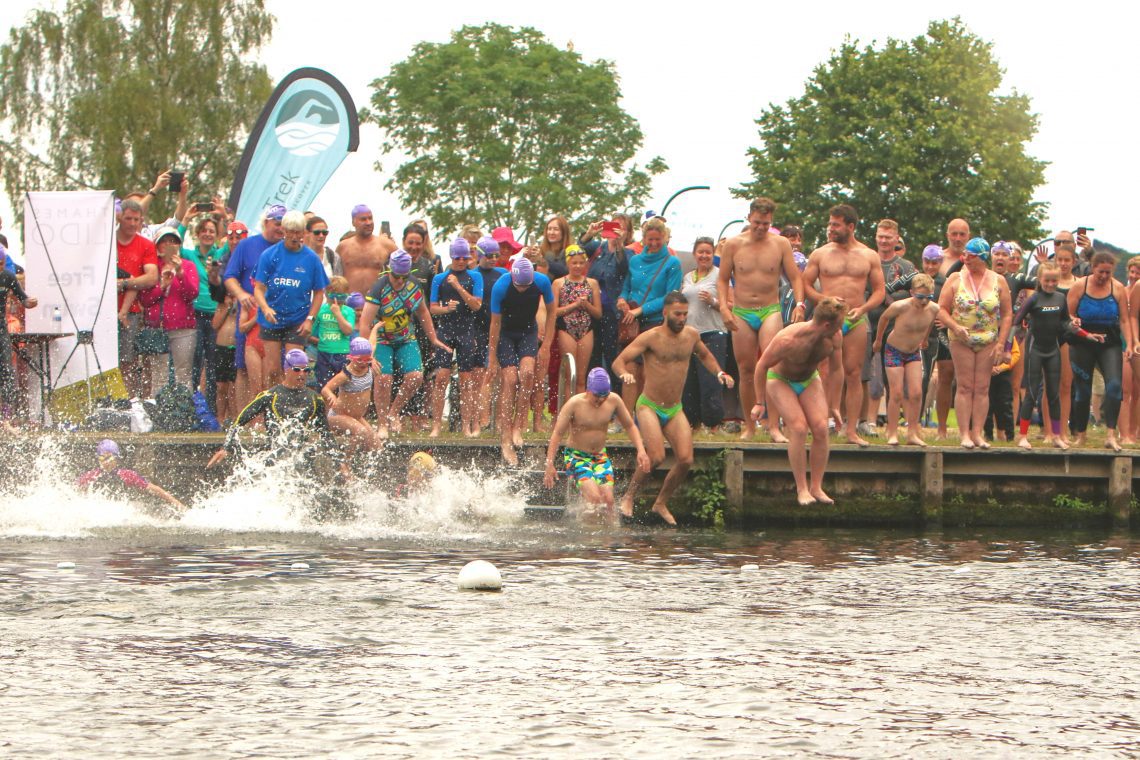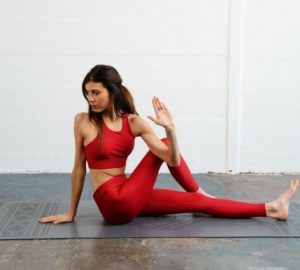
Stroke Maintenance
For any of you who think that you can perfect your front crawl technique and then forget about it while you build your swimming fitness, I have some bad news for you. Unless you frequently monitor and tune-up your technique then faults and bad habits will creep in.
I am as guilty of this as anyone. I run training camps in Tenerife and when I’m there I have access to some serious swimming flume technology. I like to use the flume to record videos demonstrating drills or certain technique points. However, this year’s footage was unusable as I had mysteriously developed a kink in my arm pull. Even more recently, I noticed that I am pivoting my wrist too early at the back of my stroke and the hand is not vertical (i.e. fingers down, palm facing the end of the pool). Instead, the palm of my right hand is pointing down. There is always something to work on.
Faults develop for a number of reasons: a heavy racing schedule, a demanding training programme or changes in strength and mobility due to aging, injury or neglect.
You don’t have to view this entirely negatively. You may find that your technique starts to suffer as you get tired during a challenging training set. You could therefore consider these technique flaws as a signal that you have worked hard, even a reward. But, problems arise if these hard efforts that lead to technique breakdowns are not counter-balanced with time spent on restoring and honing your stroke. This is even true at the highest levels. People on my courses are often surprised when I show them videos of Olympic swimmers practising simple body position drills.
There are two styles of front crawl drills in my mind: drills for learning how to swim and drills for polishing an already established front crawl technique. Often the latter is all that is needed, some finessing to bring the stroke back to its fullest efficiency, to its most accurately aligned and effective. Don’t feel that drills get practised for a short while then we move onto the good stuff. We come back to drills time and time again to repair the damage of fitness training. Good technique comes and goes; it deteriorates with training and racing and needs to be restored.
How do you find the right balance? There’s no exact answer but if you’re fit, swim frequently and have good shoulder strength and mobility then you will be able to sustain swimming with good technique for much longer than someone who doesn’t have these attributes. Still, you can (and should) continuously monitor your swimming to ensure you are staying on track. Signs that your stroke is deteriorating might be that your stroke count has increased, you become less confident with bilateral breathing or you feel that your stroke is determining when and how much you breathe rather than being in control of the timing and breathing.
Signs that you are holding things together well include the opposite of the above (i.e. you can maintain your usual stroke count, can breathe both sides and are comfortable with the timing) as well as being able to travel at least five metres in a streamline off each turn, feeling that your body is moving past your hand and forearm (rather than the hand slipping past the body with little reward for your efforts), you can maintain a low heart rate on long distance steady efforts and your stroke count remains consistent throughout a swim.
Another thing I look out for, especially in more advanced swimmers, is the ability to swim at a range of speeds yet still taking a similar number of strokes per length. You can also test yourself with a tricky catch-up drill using a pull-buoy (no kicking whatsoever). If you can do this without accidentally rolling onto your back this is a good indication that your hand pathways under your body are working well. Generally, you should be able to maintain a very relaxed and comfortable state in the water. Exhale when your face is in the water, inhale when you turn to breathe and be totally in control of this motion.
Obviously it helps if you can get regular feedback from a coach or have access to video analysis but I appreciate not everyone has this, or only has it intermittently. This makes it even more important that you monitor your own swimming technique as much as possible and regularly incorporate technique and tune-up drills into your swimming. I’ve listed some of my favourites in the box (right). I recommend doing some kind of technique work at the end of every hard training set, incorporating it into your swim down if necessary.
Don’t let your swim technique go too long without a tune up or it will slip away from you and you will not even have spotted it going!
Tune up and stroke maintenance exercises
Stroke focus swim down
Runners perform strides at the end of training sessions – it makes sense to have the body experience great technique as the last thing you do before resting. The same is true for swimmers.
A simple cool down routine I use to finesse the stroke and bring back good technique is as follows:
•
100m with fins, paddles and snorkel – use the increased surface are of the paddles to anchor the hand, the fins to kick the body past the anchored hand, the snorkel to keep the head still. Aim to swim with perfect technique. If possible, swim down the black line in the centre of the lane to ensure your alignment and hand pathways are correct.
Then:
• 100m as above but remove the fins
• 100m as above but remove the paddles
• 100m without the snorkel
Total distance 400m
Doing this before leaving each session helps to stop the minor breakdowns from accumulating at a weekly level. Ignore these and within a few weeks of hard training or racing you will be needing to work much harder to rebuild your technique.
Arm extension drills
This drill is highly effective in all its forms and you will find a version to suit your swim ability and help realign your front crawl technique.
In the basic drill, keep one arm (the ‘lead arm’) outstretched and parallel to the surface and therefore quite deep. Initially, the head should be still with your face towards the bottom of the pool. Your body will be rotated around 45 degrees away from the lead arm. Your second arm (trailing arm) should be at rest along your body with your hand near your hip. Ensure your core is engaged and propel yourself with gentle but purposeful kicking (see main image). To breathe, turn your face away from your lead arm, take a breath and return to the face down position.
From this position you have a number of options:
•
Kicking only, switch arms on alternate lengths
•
Take single strokes with the non-lead arm (focus on perfect technique). Switch arms each length.
•
Take three strokes with one arm and then three with the other
•
Alternate arms
Further refinements to this drill include:
•
Use a single fin. Switch feet with each length
•
Elevate the trailing arm to ensure the trailing shoulder is high
•
Hold a water bottle in the air with the trailing arm. More weight in the air means you have to work hard with the kick
•
Use a snorkel so you can focus on body alignment without worrying about breathing
See this drill in action:
Dan Bullock, a keen swimmer and triathlete, has been coaching since 1990, helping thousands get fitter and faster – everyone from novice triathletes to Channel swimmers – through his company Swim For Tri. He is a Speedo Advisory Coach and the 2015 National OW Champion. swimfortri.com







